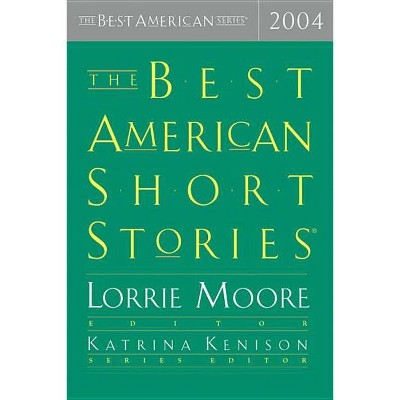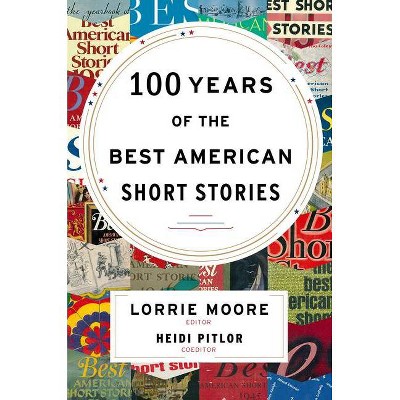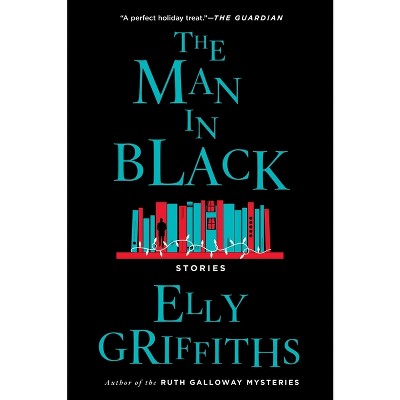Sponsored

The Beasts of the East - by Andrew Moore (Hardcover)
Pre-order
Sponsored
About this item
Highlights
- A celebration of the extraordinary lost natural wonder of the eastern U.S.--once the center of American wildness before its despoliation--and a lively tour through recent efforts to return elk, bison, wolves, and other creatures to their verdant native landscapes.Before skyscrapers and smokestacks rose across the eastern U.S., elk, bison, wolves, and cougars roamed.
- Author(s): Andrew Moore
- 320 Pages
- Science, Natural History
Description
Book Synopsis
A celebration of the extraordinary lost natural wonder of the eastern U.S.--once the center of American wildness before its despoliation--and a lively tour through recent efforts to return elk, bison, wolves, and other creatures to their verdant native landscapes.
Before skyscrapers and smokestacks rose across the eastern U.S., elk, bison, wolves, and cougars roamed. Typically imagined as icons of the West, these large mammals are in fact native to what was once a kind of Eden--towering forests in the Northeast, rolling prairies in the Midwest, and cypress swamps in the Deep South. But, in mere decades, industrialization and unregulated hunting brought these emblems of the East to the precipice of extinction; by the 1950s, squirrels were one of the few wild mammals an easterner was likely to encounter.
Now, even as the climate and biodiversity crises loom, eastern wildlife are staging an unlikely comeback. Herds of bison graze on Illinois prairies, red wolves lurk in North Carolina's coastal marshes, and abandoned coal mines in Kentucky are now home to thousands of elk. Such rewilding promises to restore balance to eastern ecosystems and return one of the most biodiverse regions in the world to its former luster--but not without controversy.
In The Beasts of the East, we follow environmental writer and James Beard Award finalist Andrew Moore as he meets conservationists, hunters, biologists, and nature lovers as they confront herculean challenges: How can we enable wildlife migration in the midst of suburban sprawl? Are these success stories viable in the long-term? When humans and wildlife come in close contact, how do we define wilderness?
Review Quotes
"Both an engaging history and a thorough cultivation guide to the pawpaw. . . a well-written paean." - Booklist on Pawpaw
"Like a gumshoe detective, Andrew Moore tracks down a mystery at once horticultural and culinary. . . [an] engaging account." - Langdon Cook, author of The Mushroom Hunters, on Pawpaw
"With Pawpaw, Andrew Moore walks firmly in the steps of the great literary journalists John McPhee and Mark Kurlansky. Stories deftly told, research deeply done, this book is an engaging ride through the haunts of a fruit many Easterners quietly--secretly, even--gorge themselves on each autumn. A ripe pawpaw is as illicit as Persephone's pomegranate, and Moore captures that passion well." - Hank Shaw, James Beard Award winner and author of Hunt, Gather, Cook, on Pawpaw











